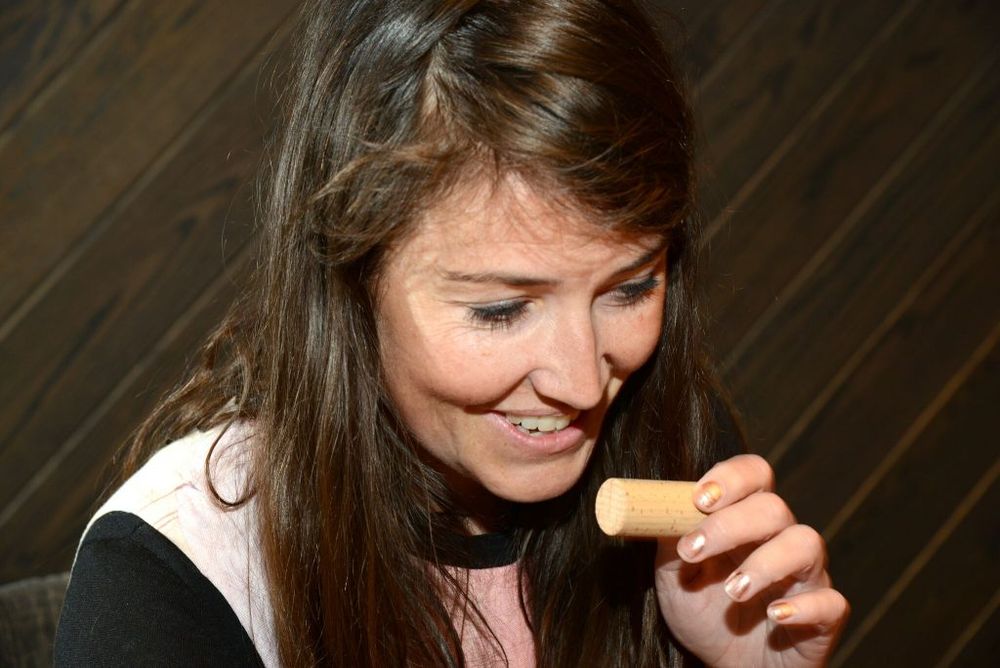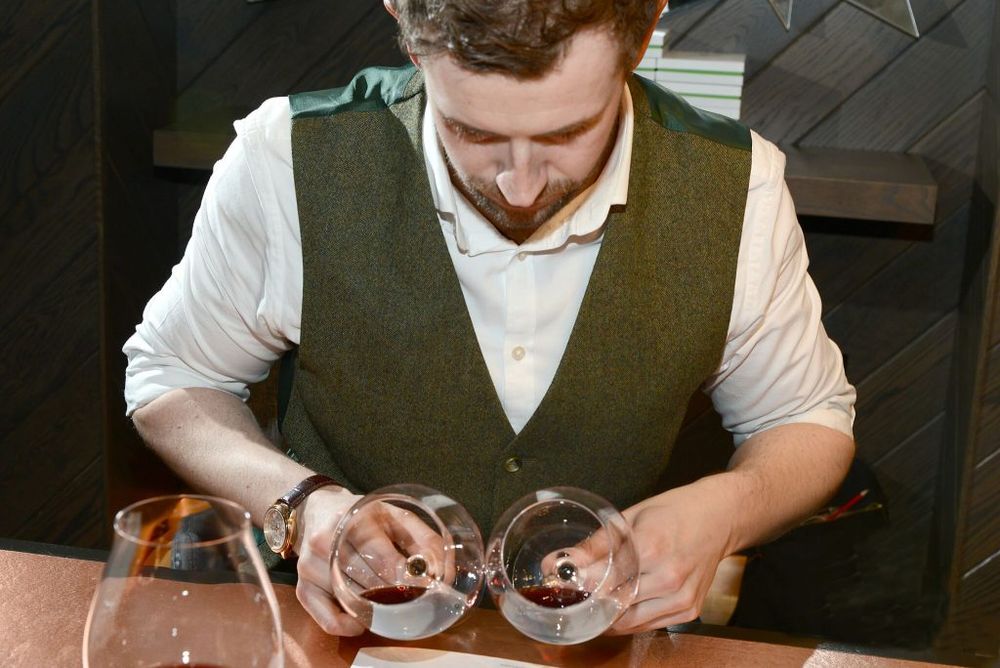Where do you stand on the closure debate? Our special trade debate and report might make you think again.
You can download the full report here.
For some it is now quite clear cut. Screw cap and Stelvin have brought the great closures debate to a, well, close and why would you bother looking elsewhere? Wander down any supermarket wine aisle and you would be doing well to come away with £10 if you were given a £1 for every bottle with a cork you came across.
It seems for the major multiples, at least, screw cap is their chosen closure and they are not really interested in anything else. Particularly for all their own label and exclusive wines.
Talk to a major bottling facility in the UK like Greencroft and all their machines are set up for screw cap and Stelvin closures.
On-trade closure challenge

Gymkhana sommelier Valentin Radosav says he is very open to hear about different types of closure
But for the on-trade things are very different. For a start they are handling every conceivable bottle of wine at all price points. From the mass volume, supermarket-style easy drinking wines right all the way through to the finest wines money can buy. Wines made to age for a generation that demand a closure that can live with a wine over decades rather than months.
What closure is best for premium and fine wines, where the relationship between the wine and the closure is a vital part of how well it is going to age and perform?
As technology has improved so have the number of different closure types available all offering and claiming different degrees of integration with the wine in a bottle – and the promise that they will dramatically reduce or eliminate closure faults in a bottle of wine.
Which ultimately the closure debate is all about. How do we cut down on closure faults and wastage?
To assess what leading on-trade buyers, independents and sommeliers now think about closures we teamed up with Vinventions, one of the biggest suppliers of all types of closure from cork to screwcap, to make the issue of closures the latest topic in our Buyer Debate series. It makes for a fascinating read about how, in some cases, personal preferences have to be put aside for commercial practicalities.
The buyers and trade influencers taking part included:

Alliance’s Phoebe LeMessurier loves cork but finds it frustratingly inconsistent
- Doug Wregg, Les Cave De Pyrene
- Phoebe Le Messeurier, Alliance Wine.
- Elliot Awin, Awn Barratt Siegel Wine Agencies.
- Ben Stephenson, Hangingditch independent wine merchants in Manchester.
- Valentin Radosav, sommelier, Gymkhana.
- Douglas Blyde, drinks editor, Evening Standard
They were joined from Vinventions
- Don Huffman, winemaker, wine quality and education manager
- Jochen Keller, sales and marketing
- Caroline Thomas, marketing and communications
Comparative tasting
The debate also featured a comparative tasting where the same wine, a red and a white, was tasted that had been put under a different type of closure under Vinventions’ Nomacorc Green Line range. Here the idea was to take the wine on the same date and under the same condition, and then see what impact there was on the wine by using three different Nomacorc wine closures, each with different oxygen permeability (ingress value), or to give it its technical term, oxygen transfer rate (OTR).
Our thanks go to the M Restaurant, Victoria and its wine store manager Harry Crowther for helping to host the event.
You can download the full report here.
Here are some of the highlights to look out for:

M’s Harry Crowther assesses the differences between the same wine under a different closure
- Which closures different wineries and buyers use is of paramount importance and should be a key part of the decision making process. Yet it’s sometimes overlooked.
- Once a decision to use a particular type of closure is made, it is not regularly re-visited unless there is a specific need to do so. There is not a lot of swapping and changing of closures used.
- It is very much horses for courses, buyers are keen to be able to use and pick the right kind of closure for the right wine, which might be down to price or style.
- Price and convenience are major determining factors in the reason screw cap is the preferred option for entry level and sub £8 wines.
- Whilst traditional cork is still the preferred option for some of the panel, only the best quality corks can be relied on for their consistency and to give the best results.
- The panel talked of the different frustrations that come with working with different closures.
- It also felt that modern winemaking and the reductive styles of wine that are now in demand means there is a higher level of wine faults which is often blamed on the closure, when in reality it is the winemaking to blame.
- There is certainly a willingness and interest to learn more about the different and new styles of closures and the panel welcomed the opportunity to openly debate the options but would like to see wider industry interest and understanding of closures.
- The panel urged the wine education bodies to make closure appreciation and understanding part of the syllabus.
- The comparative tasting, showing how the same wine changes based on the amount of oxygen ingress from the closure, proved a fascinating exercise throwing up more questions about how far a closure should go in determining the taste of a wine.









































